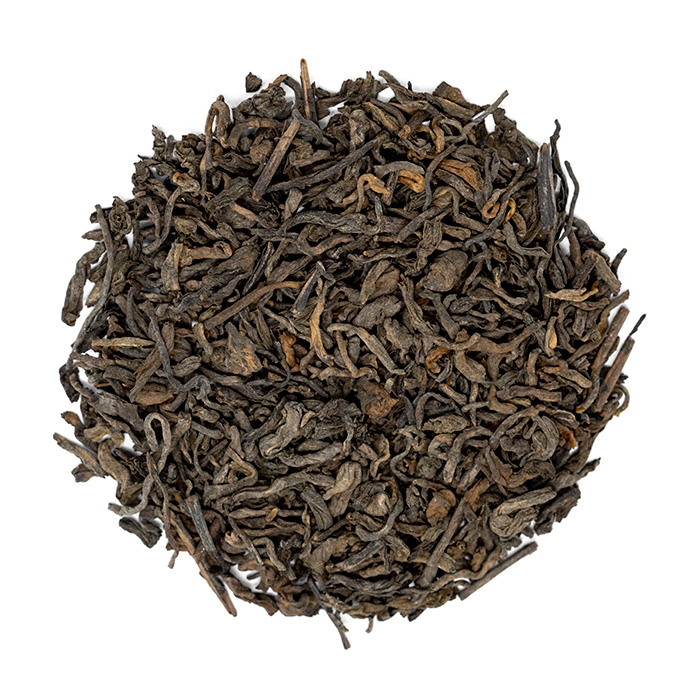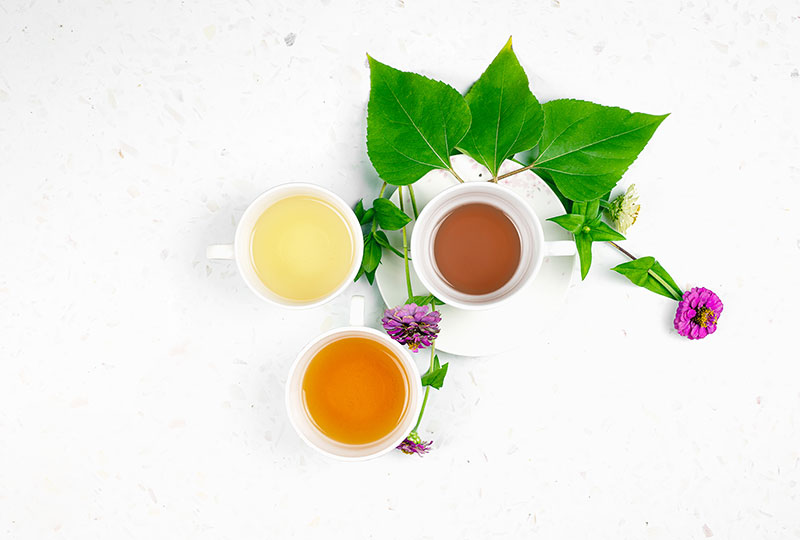Origin of Tea: Where does tea come from?
There are thousands and thousands of teas in the world. Statistics says that two years ago, about 5,8 billion metric tonnes of tea were produced in the world. Today, tea is grown and produced on every continent except on Antarctica. But many many years ago, tea was an exception, not a commodity, and grown only in one country – China.
The Tea Legend
Although many countries are now producing exquisite teas, it all started in China. Legend has it that almost 5000 years ago, a Chinese Emperor Shen Nong fell asleep under a tree. Although there are many versions of this legend, what happened next is what changed the history of tea forever. Shen Nong is the father of Chinese medicine, and he always curious to see what kind of benefits plants could have. When a tea leaf fell into his cup, he drank the infusion and immediately saw the good impact. In fact, while tasting different plants, he got poisoned by 72 different poisons, but cured them all with tea[1].
What do scientists say?
While it’s hard to prove the exact year tea was discovered, it’s possible to guess when it’s popularity started. A few years ago scientist found tea remains in a 2100 years old tomb of another Chinese emperor – Liu Qi of the Han dynasty[2]. This is a proof that tea and tea culture were already important by then. It’s believed that even before that, tea leaves were used as food, rather than a medicinal drink[3]. Later it was important for its benefits, and today, it’s appreciated for the flavor, scent and aroma, as well as the benefits.
When did tea production started in other countries?
Although many other Asian and African countries are producing exquisite teas, tea production didn’t start as early as in China. In fact, in Japan, the story of tea started 800 years ago when the Zen monk Eisai brought tea seeds from China. They also accepted the Chinese habit of powdering tea and made their own type – matcha. In fact, during Tang dynasty in China, tea was grinded, and not used as loose leaf. The story of Taiwanese teas is only about 400 years old, even though today, they are producing some of the most exquisite oolong teas in the world.
In India, tea production started only about 200-250 years ago. Today India is one of the biggest tea producers. Sri Lanka started tea production almost accidentally, at the end of the 19th century, after coffee crops were destroyed by disease. Around the same time Africa started making their own tea too.
History of tea in North America, Europe and Australia is not long, but many countries on these continents are catching up and introducing unique and delicious teas. The first tea growing attempts in the United States started about 300 years ago, but wasn’t successful until the end of the 19th century. Tea cultivation in Turkey started about 150 years ago, and Europe just around the same time, on the Portuguese islands. Although the British tea culture is a few centuries old, the first British-grown tea appeared only at the end of the 20th century in Cornwall.
What is a tea plant?
All real tea – white, yellow, green, oolong, black and pu’erh is made from the same tea plant – Camellia sinensis. Camellia sinensis plant is one of the oldest plants in the world. There are different varietals of Camellia sinensis and the most common ones for making tea are Camellia sinensis var assamica and Camellia sinensis var sinensis. They are often called the Indian and the Chinese tea plant. Besides, there are thousands of different cultivars, with the number growing each and every year. All of them have an impact on the final tea flavor, scent, aroma, color and other characteristics.
At first it was growing in the wild as trees. Today, many teas come from tea bushes grown on tea plantations and usually last for about 40-50 years. But what’s incredible about tea trees is that they can grow for hundreds and thousands of years. Chinese Yunnan is especially famous for its old ancient trees, some even 1700 years old and over 32 meters high[4].
What are the oldest and most famous types of tea?
Many of the most important and famous types of tea come from China. For example, Chinese Long Jing or Dragon Well tea was first mentioned more than 1200 years ago[5]. Today, this tea is still one of the most important and famous types of green tea in the world. Dragon Well is produced in Zhejiang Province. Yunnan Province, often considered a cradle of all tea, is popular for another very old type of tea – Pu’erh. It’s history started more than a thousand of years ago. Pu erh is a fermented tea that can be naturally fermented over the years, decades or even – centuries. Some of those 100-200 years old tea cakes still exist today.
One of the most famous teas from Anhui province, Huang Shan Mao Feng was invented 150 years ago[6]. The most popular oolong teas – Tie Guan Yin or the Iron Goddess of Mercy was „discovered“ about 300 years ago during the Qing dynasty, in Anxi, Fujian province. This tea, too, is on the list of the most famous Chinese teas. Fujian is the cradle of another tea type – white tea. It’s believed to be invented more than 700 years ago. The oldest Chinese black tea is Xiao Zhong black tea[7].

Ripe Pu’erh tea
What are the most unusual tea growing places?
The fact that China, Japan or India are producing tea comes to a no surprise even to non-drinkers. But some countries may surprise even the biggest tea lovers. Today, tea is grown at the most unusual places, and areas that were originally not suitable for growing tea plants. Canada, the Netherlands, Germany, New Zealand, Spain, Madagascar, Scotland, and Réunion are only someof the tea growing countries. Some of them may only have one tea plantation, while the others are seriously expanding their tea production.
Disclaimer: This article is for informational purposes only. It’s not intended to replace medical advice, diagnosis or treatment. Every person is different and may react to different herbs and teas differently. Never use teas or herbs to treat serious medical conditions on your own. Always seek professional medical advice before choosing home remedies.
References:
[1] Wang Jian: All the tea in China
[2] https://text.npr.org/s.php?sId=464437173
[3] Wang Jian: All the tea in China
[4] Wang Jian: All the tea in China
[5] https://en.wikipedia.org/wiki/The_Classic_of_Tea
[6] https://www.easytourchina.com/fact-v1276-huangshan-maofeng-tea
[7] https://www.chinahighlights.com/travelguide/chinese-tea/black-tea.htm





